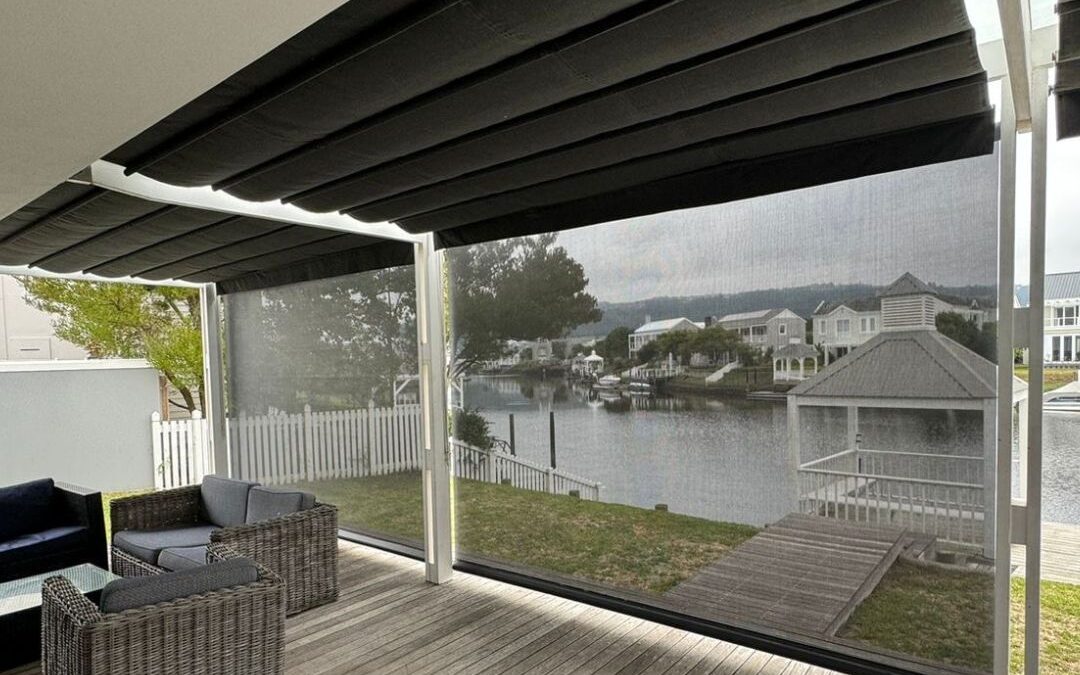

Product categories
- Aluminium Blinds 25 mm (1)
- Aluminium Blinds 50 mm (1)
- Blockout Roller Blinds (0)
- Double Roller Zebra Blinds (1)
- Duo Roller Blinds (1)
- Honeycomb Blinds (2)
- No Drill Blinds (0)
- Outdoor Screen Drop Down Blinds (1)
- Plaswood Venetian Blinds (1)
- Roller Blinds (3)
- Venetian Binds Bamboo 50 mm (0)
- Venetian Blinds - Wood (1)
- Vertical Blinds (1)
- Vertical Blinds Sheer (1)

